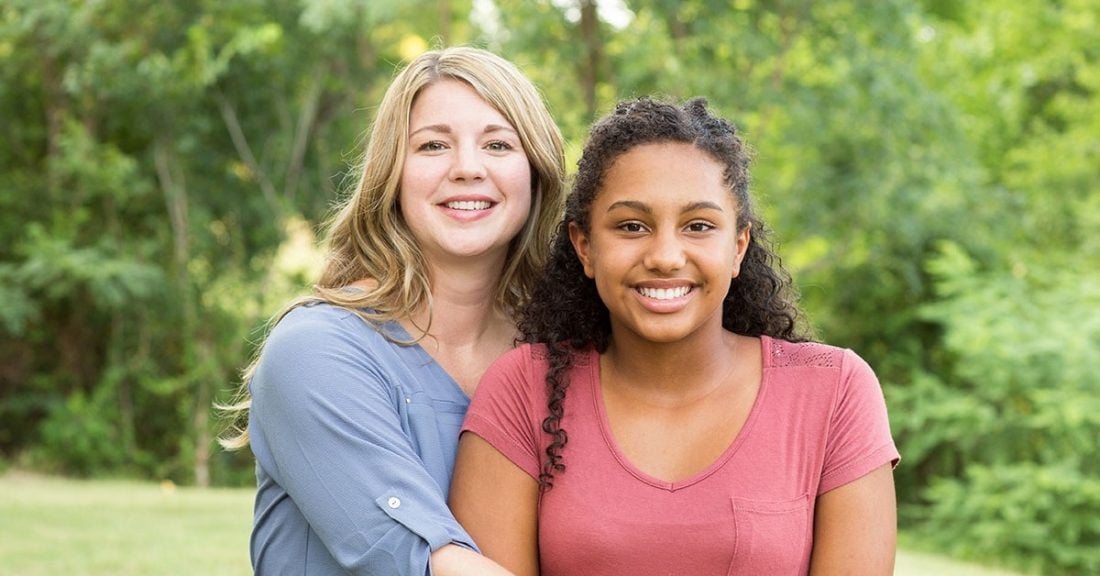National Foster Care Month 2020: 8 in 10 Children in Care Are Placed With Families

In recognition of National Foster Care Month, the KIDS COUNT® Data Center is announcing 26 newly updated indicators on the more than 407,000 children and youth in foster care. These measures describe children entering foster care, their demographic characteristics, where they lived while in care, why they left foster care and more.
One such measure shows that the nation is making progress on a critical issue: An increasing share of foster children — about 8 in 10 in 2020 — are being placed with families, particularly relatives, and fewer are being placed in group homes or institutions. But much more work is needed to ensure that every foster child, youth and young adult lives with a family, when possible.
Keeping Foster Children in Families
Increasingly, policymakers, researchers and other experts agree that when children must be removed from their homes and placed into foster care, they are more likely to thrive if placed with families — ideally with relatives or close friends who can provide continuity with a child’s school, community and cultural identity, or with nonrelative foster families—rather than in group homes or institutions. While short-term placements in group settings are sometimes needed to address specific needs, these can add to the trauma that foster children already have experienced and may not provide the individualized care and nurturing that children need.
According to the KIDS COUNT Data Center, over the last decade, the percentage of U.S. foster children placed with relatives or close friends (known as kinship care) increased from 27% in 2011 to 34% in 2020, while the share placed with nonrelative foster families held relatively steady around 45%. In encouraging news, placements in group homes or institutions declined from 14% to 10% during this period, following national and state efforts to reduce these placements.

The vast majority of states have made progress, too, in the last 10 years, with an increasing share of foster children being placed with families, especially relatives, instead of group settings.
The Troubling News
While the above findings reflect meaningful progress, the Annie E. Casey Foundation’s 2019 report, Keeping Kids in Families, described concerning trends that progress in placing foster children with families has been slower for youth ages 13 and older compared with younger kids and for children of color versus white kids. The report found that Black children were least likely to be placed with families. A 2021 study commissioned by the Foundation echoed similar findings for Black foster children.
Being part of a family is essential to every child’s well-being, as they need stable, caring relationships to support their healthy development and help them navigate the critical transitions through adolescence and young adulthood. This is especially important for foster children who need extra care and support as they heal from the trauma of separation from their families, in addition to abuse or neglect they may have experienced.
National Foster Care Month is an opportunity to acknowledge areas of progress for America’s foster children, as well as the wide array of stakeholders who have contributed to these improvements. It is also a time to take stock of the work that remains to be done, including reducing unnecessary placements of vulnerable children in non-family settings, especially for children of color and older youth.
Learn More and Stay Connected
See all foster care and child welfare data in the KIDS COUNT Data Center and access the Foundation’s numerous resources on this topic, including these selected examples:
- Foundation report: Every Kid Needs a Family (2015)
- Foundation report: Keeping Kids in Families (2019)
- Report sponsored by the Foundation: Using Congregate Care: What the Evidence Tells Us (2021)
- Resource pages on foster care, kinship care, permanence and more
Sign up for our newsletters to get the latest data, reports and other resources.






